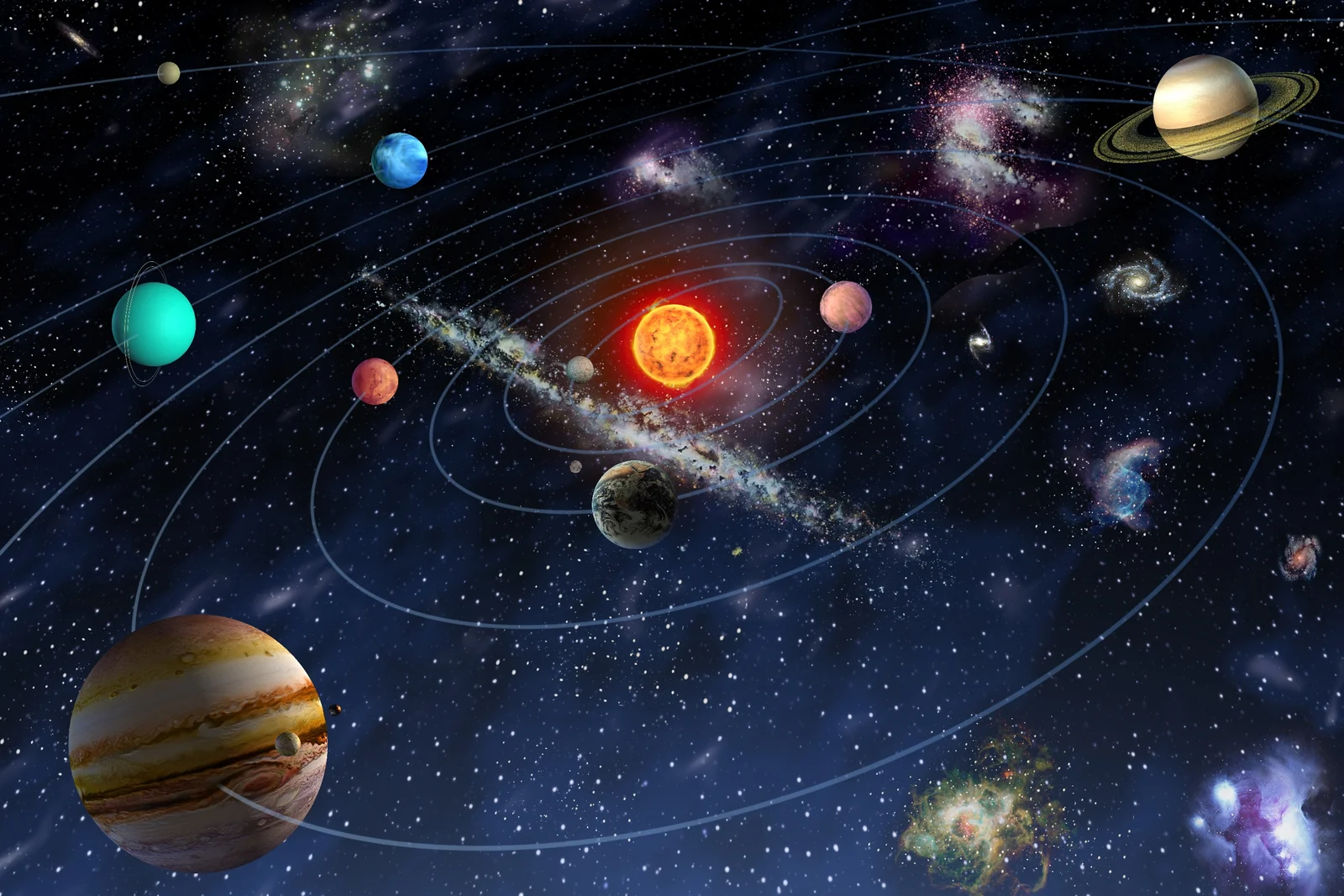
DANGEROUS PREDICTIONS: The Sun Will Eject Its Planets and Mercury Is First on the List; What Will Happen to Earth?
In about five billion years, the Sun will run out of hydrogen and turn into a red giant as it begins fusing helium. In this process, the Solar System is expected to lose Mercury, likely Venus as well. New research suggests Earth might also be lost.
However, the assumptions made by the new study imply that this scenario is only certain if nothing else influences the Solar System in the meantime—which, of course, is uncertain. In this regard, it is important to be aware that stars throughout the galaxy can cause major disruptions in planetary order, even from a distance—writes RTS.
This is precisely why new research suggests that earlier attempts to predict the effects of interactions between our planetary system and stars largely overestimated planetary stability.
A recent scientific paper has already indicated that even minor variations in Neptune's orbit could cause Mercury to be ejected from the Sun, either through a collision with another planet or on its own, far into interstellar space.
The new study provides insight into a simulation where the situation is even more dramatic.
The scenario now proposed by researchers projects that our Solar System will pass close to some stars over the next few billion years.
Researchers estimate there will be about 20 such close passes per million years at a distance of around 3.25 light-years. This is slightly closer than the nearest star to us, which is currently 4.25 light-years away.
Simulations for the next five billion years have shown that two percent of scenarios end with the loss of some planets, including the already mentioned Venus and Mercury. Earth might also be among them.
According to scientists' predictions, Pluto has a 5% chance of becoming unstable due to orbital disturbances, but Mercury would still be the first in line to leave the Solar System.
Being so close to the Sun, Mercury is statistically the planet most likely to be affected by any other world in the Solar System, increasing its probability of instability to as much as 50 to 80 percent.
And What About Our Home?
When it comes to Earth, the calculated risk ratio is 1 in 500 (0.2%) that it will be lost from our planetary system, either by being ejected from the Solar System or through a collision with another planet or celestial body.
Finally, researchers warn that we should not take comfort in the idea of possible life on Mars, as the Red Planet has a slightly higher chance (0.3%) of colliding with another world or being lost in the darkness of interstellar space due to ejection.



